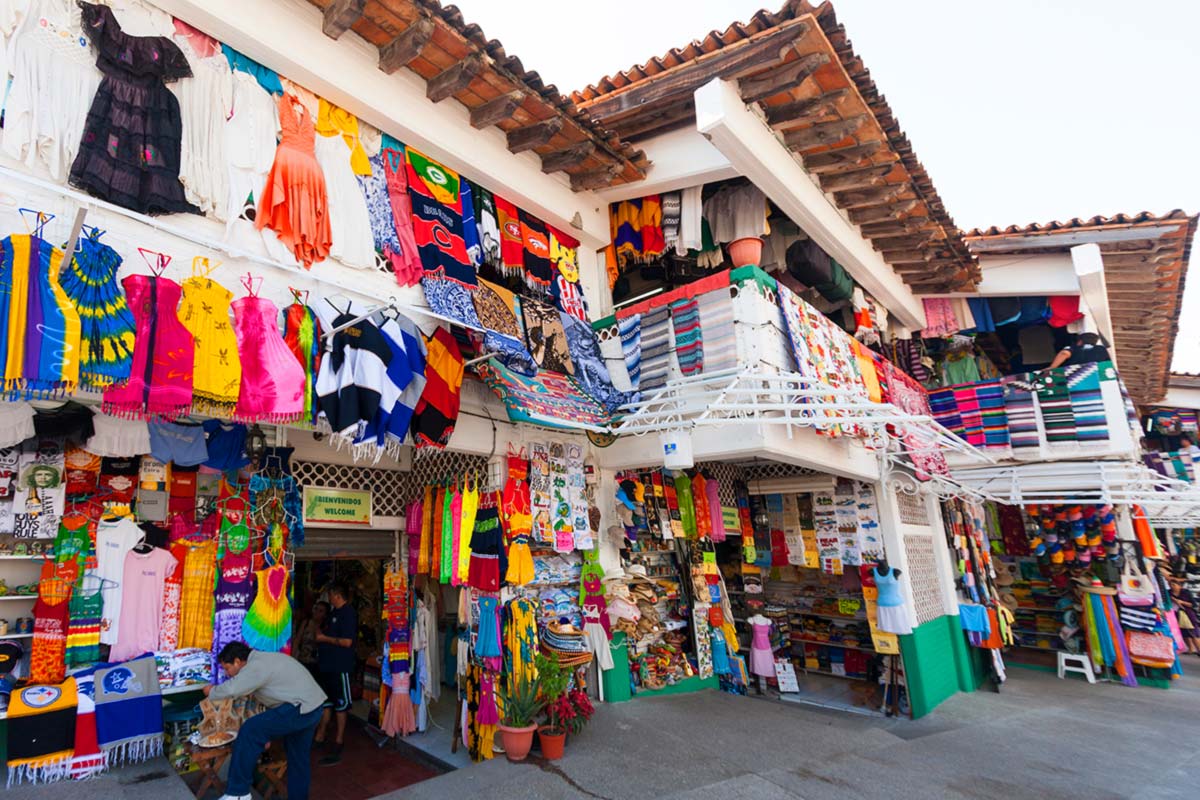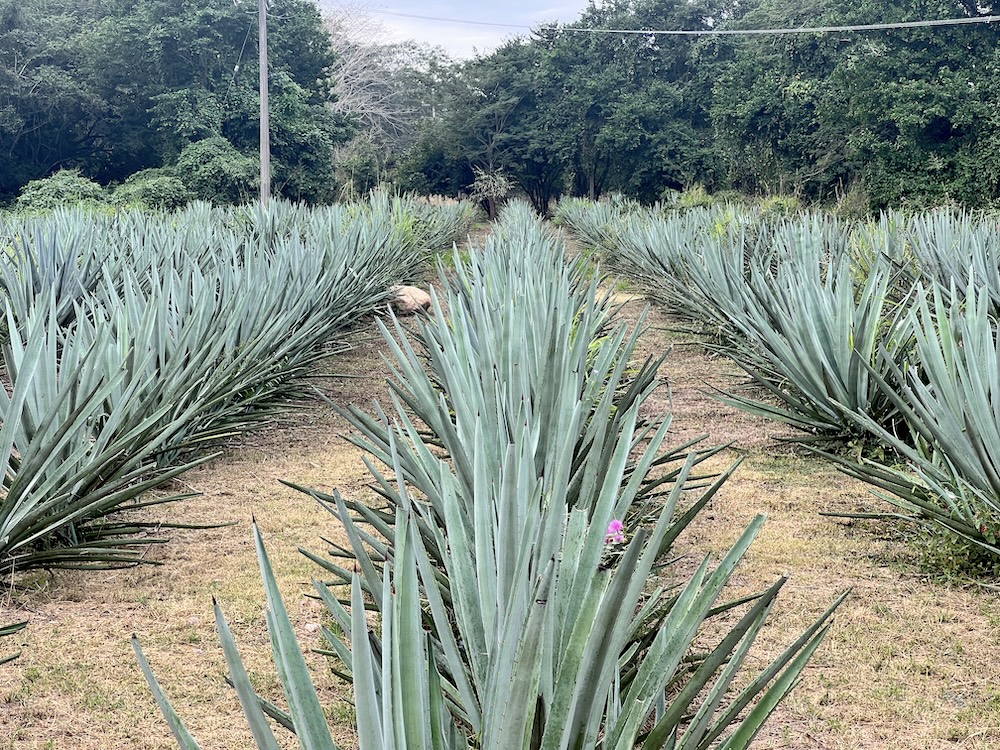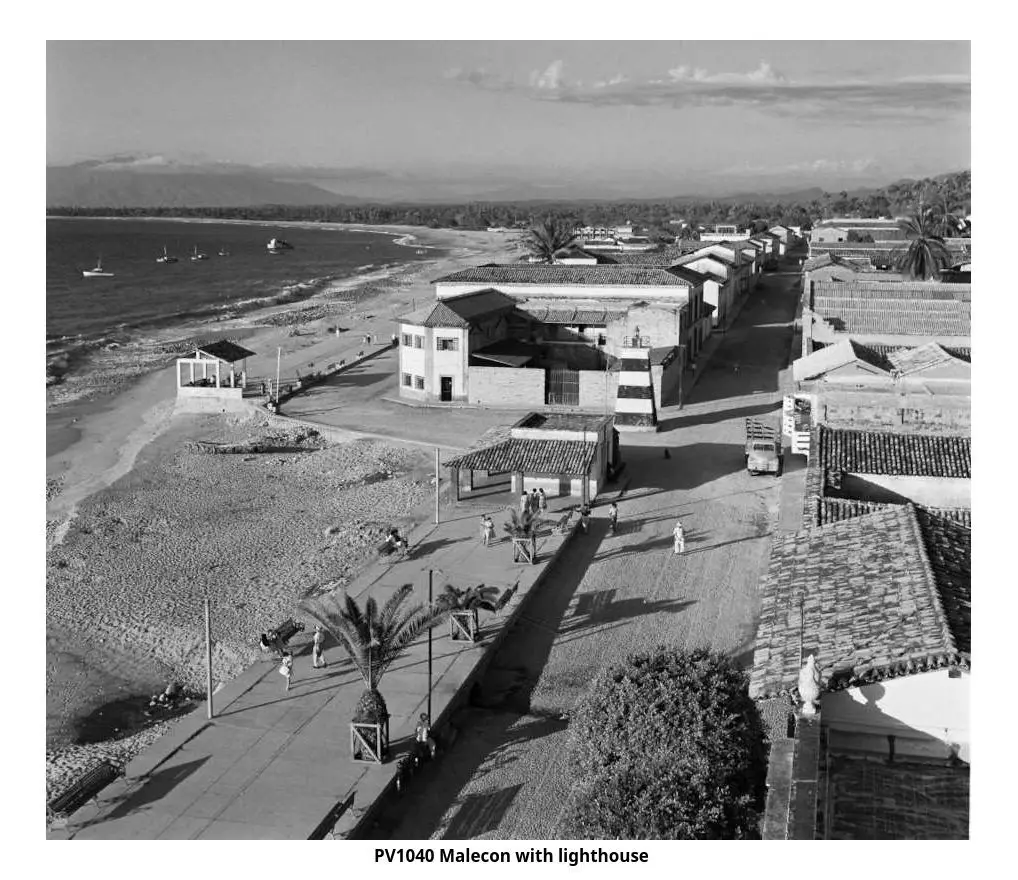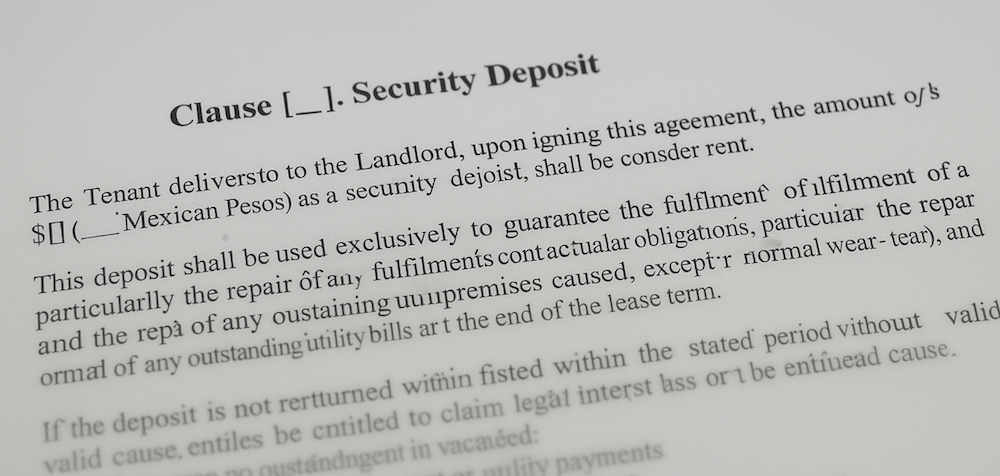If you’re a foreigner selling real estate in Mexico, it’s essential to understand the capital gains tax (ISR sobre enajenación de bienes inmuebles) that applies to your transaction. Here’s a comprehensive guide to help you navigate this tax process and ensure compliance.
1. Who Pays Capital Gains Tax on Property Sales in Mexico?
Foreigners selling property in Mexico through a bank trust (fideicomiso) are subject to capital gains tax. The seller, also known as the fideicomisario, is responsible for paying the tax. The bank (fiduciario) holds the title but does not pay tax, acting only as an intermediary. The Mexican Tax Authorities (SAT) oversee the collection of this tax.
2. How is Capital Gains Tax Calculated in Mexico?
There are two primary methods to calculate capital gains tax for foreigners selling property in Mexico:
25% of the Gross Sale Price (Default Method)
If the foreign seller does not have a Mexican tax ID (RFC), the tax rate is 25% of the total sale price, with no deductions allowed.
- Example: Selling for $500,000 USD results in a tax of $125,000 USD.
35% on Net Capital Gain (With RFC)
If the foreign seller has an RFC and opts for deductions, the tax rate is 35% of the net capital gain.
Deductions include:
- Original purchase price (adjusted for inflation)
- Notary fees
- Commissions
- Investments in property improvements (with CFDI invoices)
Primary Residence Exemption
If the property has been the seller’s primary residence for at least three years and is a Mexican resident, they may qualify for an exemption under the ISR Law, Article 93.
- Example: Selling for $500,000 USD results in a tax of $125,000 USD.
3. Who is Responsible for Paying the Capital Gains Tax in Mexico??
The foreign seller is responsible for paying the capital gains tax. The notary public (Notario Público) handling the transaction must ensure the tax is paid to the SAT before the deed (escritura) is finalized. If the seller opts for the 35% method, they will need to file a tax return with SAT.
4. Important Considerations for Sellers
- RFC Registration: To use the 35% net profit option, the seller must register with the SAT and obtain an RFC.
- Currency Conversion: If the property was purchased in USD, it must be converted to Mexican Pesos (MXN) using the official exchange rate at both the purchase and sale dates.
- Double Taxation Treaties: Mexico has agreements with countries such as the USA and Canada to prevent double taxation, allowing the seller to credit the tax paid in Mexico to their home country.
5. Capital Gains Tax Scenarios at a Glance
| Scenario | Tax Rate | Basis |
|---|---|---|
| No RFC (default) | 25% | Gross sale price |
| With RFC (optional) | 35% | Net capital gain |
| Primary Residence Exemption | 0% | If conditions met |
6. Steps for Foreigners Selling Property in Mexico
- Determine RFC Requirement: Check if you need an RFC to qualify for the 35% net capital gain option.
- Gather Documents: Collect purchase documents, invoices, and expenses to apply allowable deductions.
- Work with Experts: Partner with a Mexican notary and a tax professional to calculate and file your ISR.
- Ensure Payment: Ensure capital gains tax is paid at closing to avoid issues with the SAT.
7. Final Thoughts
When selling property in Mexico, foreign sellers must carefully navigate the capital gains tax process. Always consult with a qualified notary, real estate attorney, or accountant with experience in Mexican tax law. The purchaser typically selects the notary, who is responsible for notary fees and other transaction costs, except for the capital gains tax, which the seller must pay.
By understanding the capital gains tax requirements and taking the proper steps, foreign sellers can avoid legal complications and make their property sale in Mexico smooth and efficient.

































